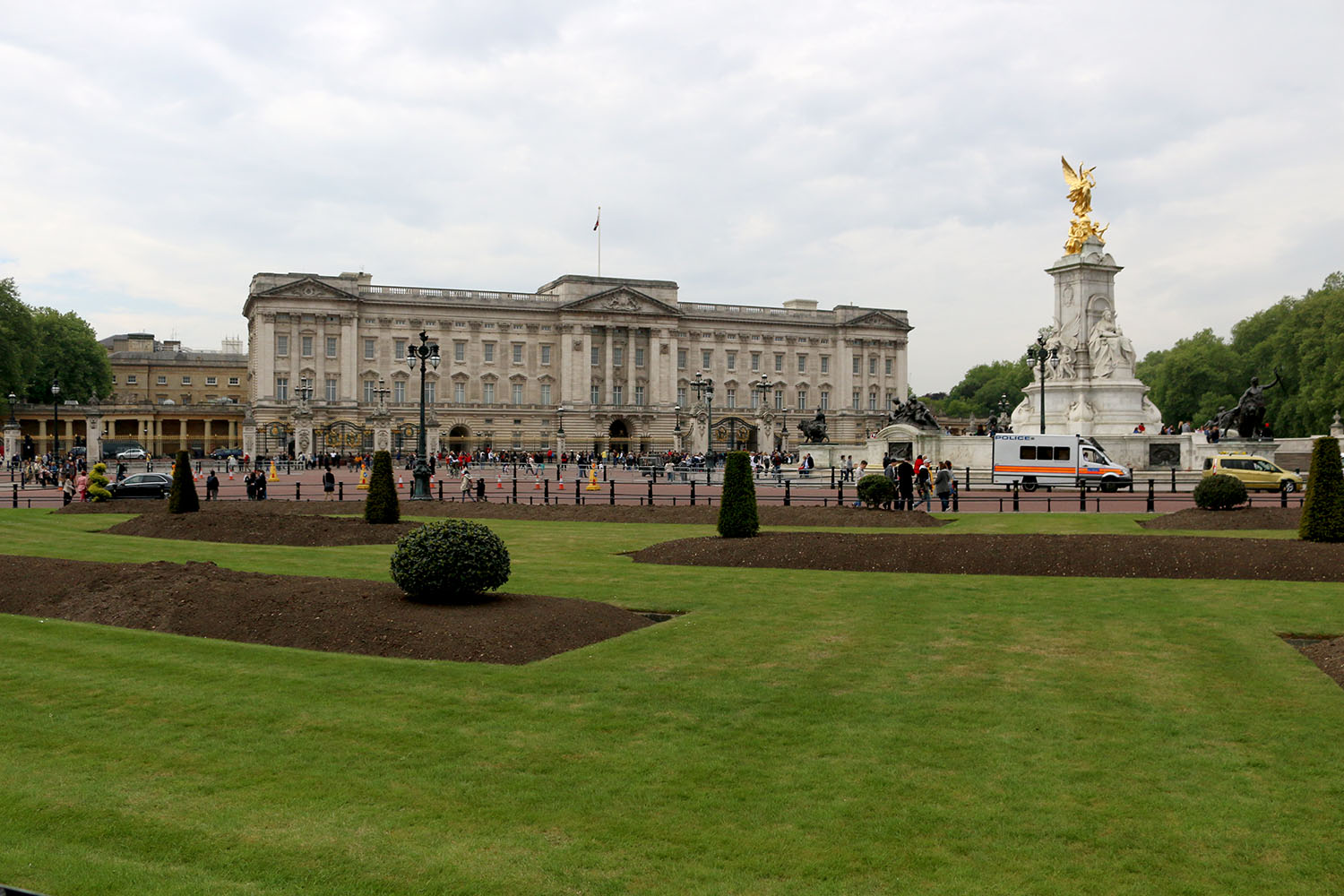London: Power or Brokenness?
As I write this post, I'm sitting in my brother’s apartment in Covent Garden, London, England. It’s after midnight and we just finished packing as much as we could into the day. It was my only full day here and I saw what my brother says are all the important things to see. I’m on my way to Germany and was privileged enough to make this two night stop-over in England’s capital.
As I first got out of the underground (subway), I emerged into a bustling metropolis. I felt like I entered a Sherlock Holmes movie. There were people from every culture and background rushing past me, the traffic was packed and it took me a while to realize that everyone was not on the wrong side of the road. I was impressed by London’s ability to preserve their historical architecture while at the same time keeping up with all the modern technology we enjoy in the west. Like many of my friends here have said, it’s a city like no other.
Our walk today took us through Trafalgar Square and into St. James Park. As we walked through the park, we got a glimpse of the London Eye but first stopped by Buckingham Palace (the queen wasn’t home). Westminster Abbey greeted us around a corner and from a bridge we had a marvellous view of the British Parliament (Big Ben of course) and the London Eye on opposite sides of the River Thames. London Tower and the Tower Bridge were equally impressive, and after that, I needed a quick nap before our evening activities.
I’m impressed. I didn’t quite know what to expect from London, but I really enjoyed seeing the culture and history of this city. Some of the sites I visited today have become international symbols from England and the Commonwealth. To see them in person was much more inspiring than on a TV screen. The beauty and grandeur of these structures are reminiscent of royalty, wealth and power. It’s humbling to be here.
Although I’m here to, first of all, see friends and family, I can’t help be a tourist. And although I really enjoyed my time and still marvel at the beauty of London, I was reminded that some of my friends from Canada took this trip 4 years ago for a completely different reason.
Indigenous and church leaders came to address the British Crown in October of 2013, the 250th anniversary of the Royal Proclamation of 1763. By Canadian Constitution, this declaration is still in legislation today, yet Indigenous/Canadian history shows that it has been ignored and broken. These leaders came to London to see the declaration and to hopefully meet with the Crown about what is going on in Canada.
Have you ever wondered why the relationship between Indigenous people and Canadian settlers is the way it is? Have you wondered why many First Nations are fighting for self-determination? Ever wonder why people on reserves stricken with poverty don’t just move and join the rest of Canada? You can’t understand the Canadian context without learning about our history of treaties, legislations like the Indian Act, and of course, the Royal Proclamation of 1763.
This is the documentary of the trip from 4 years ago. The narrator, Steve, is the Indigenous Coordinator for our national Mennonite church. I really encourage you to watch this if you want to know what role the proclamation and the British Crown have in our Canadian context. It was sobering for me to see the same sites in the movie that I am seeing now in person and realizing the meaning they have for our Indigenous brothers and sisters.
Symbols of power and wealth for one person can often be symbols of oppression and brokenness for another. The wealth and royalty of England is due heavily to the exploitation of other lands and people. In the case of Indigenous people of Canada, the symbols of the Commonwealth represent colonization and broken covenants. It’s interesting how often beauty and brokenness go together.
Although I’m having an amazing time here, I am reminded that my friends took this trip to try to find help healing a brokenness that has existed in Canada since the beginning. In a few weeks I will return to Winnipeg, in Treaty 1 territory, where my friends continue to work for their rights outlined in this historic proclamation. Being here is an experience that I won’t soon forget.
As I leave here, I am also reminded of many friends who are walking to our Canadian capital, Ottawa, to raise awareness and encourage our government to adopt the United Nations Declaration on the Rights of Indigenous People. You can follow their pilgrimage here.

